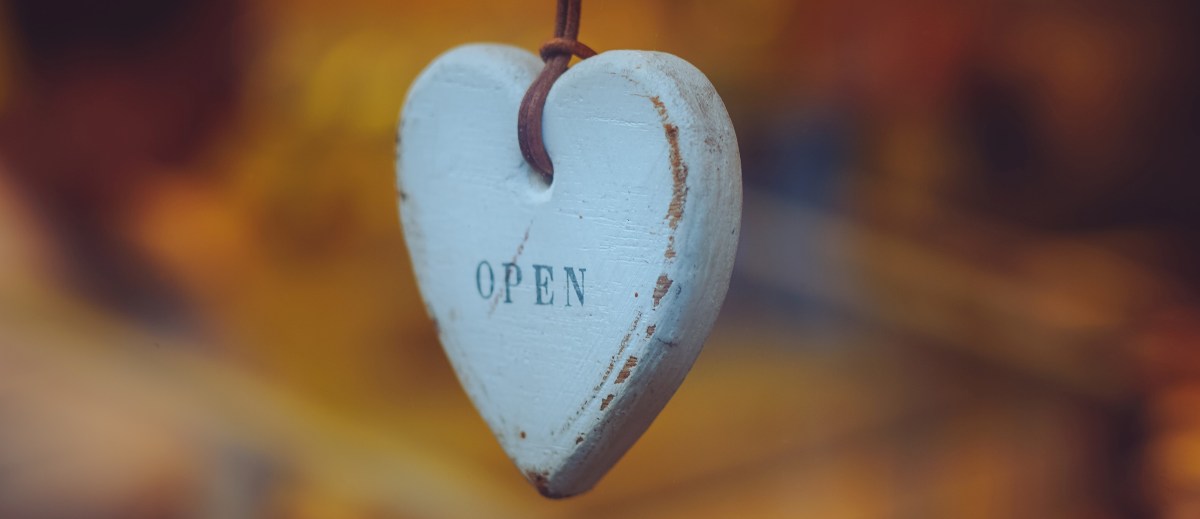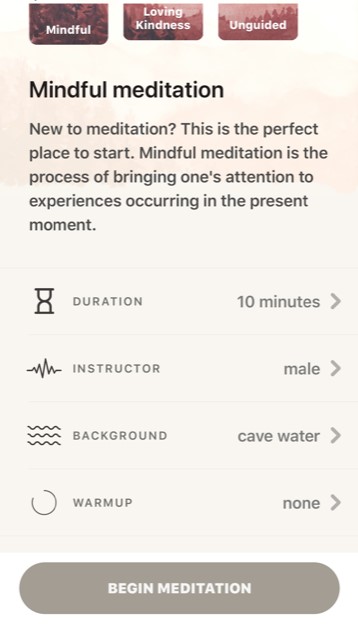As I mentioned in a previous post, I’ve really enjoyed the Coursera course, “Engineering Health: Introduction to Yoga and Physiology“, which I highly recommend. One of the recurring themes of the class that I’ve found particularly relevant is that of effecting incremental and meaningful epigenetic change through yoga and meditation.
The class lectures went through the physiological mechanisms by which this happens, and this information would be reason enough to incorporate mindfulness and breath-to-movement in one’s life. But for someone who’s experienced cancer, there’s something even more important: a sense of control.
For me, the most terrifying part of my cancer diagnosis was the lack of control over what was happening to me. First, my body had turned on me by cultivating a tumor, the ultimate goal of which was to take over my organs and kill me. Then, my doctors were giving me drugs that by design would kill certain parts of me, with the intention of taking out the tumor before it spread to really important parts of me (brain? liver? heart?).
My body was a battleground in the war between my rogue cells and modern medicine. I had to sit there and take collateral damage if I wanted a chance at survival.

While I did begin meditation at that time, had I started learning to deal with my anxiety and accompanying physiological responses years ago, I might have been able to sidestep the disease. There is science to this which I will cover in a later post, but my doctors *hate* it when I postulate possible causes of my tumor since if we could truly pinpoint the cause, we’d be able to cure the disease. However, given what we do know about stress and inflammation, I can guarantee that my stress response did not help in keeping me cancer-free!
In the Coursera class, Dr. Ali Seidenstein (NYU) explains, among other things, how the small positive changes that arise from learning to control the stress response by applying yoga and meditation affect your genetics. And this is key. While you’re born with a certain set of genes, the science of epigenetics describes how you can affect gene activity (think, turning a gene on or off) and thereby have a different outcome from someone else with the same gene.
Finally! Something that *I* can do that provides a rare sense of control in an uncontrollable situation! For a cancer survivor, this offers a nugget of hope to hold on to in the face of continuing medications that may or may not help your survival. Medicine is tested on a variety of individuals but there’s no guarantee that their success will translate into your own (news flash: cancer = no guarantees, period). But knowing that you can engage in behaviors that, when applied over time, will actually benefit you on a genetic level…that, my friends, is priceless.









